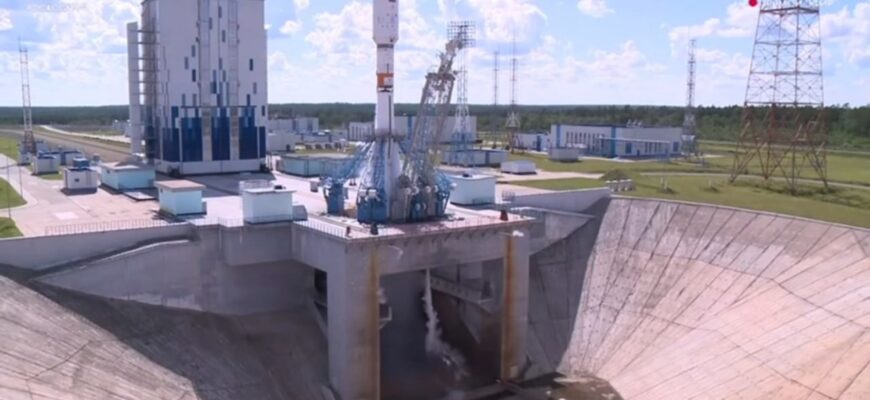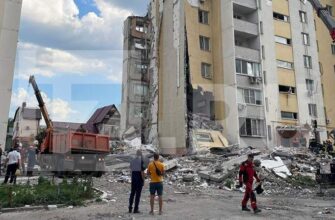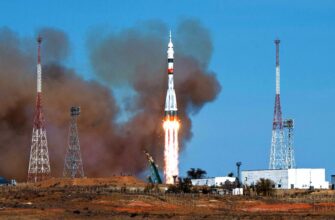In a powerful demonstration of its enduring space capabilities, a Russian Soyuz-2.1b rocket successfully launched from the Vostochny Cosmodrome, carrying a diverse manifest of scientific instruments and small satellites into various Earth orbits. This mission highlights a blend of national scientific ambition and burgeoning international space collaboration, with implications for everything from communication reliability to global space weather forecasting.
Unveiling the Ionosphere`s Secrets
At the heart of this latest orbital ballet were the Ionosfera-M satellites, numbers 3 and 4. These specialized spacecraft are designed to delve deep into the mysteries of Earth’s ionosphere – a dynamic region of the upper atmosphere that is ionized by solar and cosmic radiation. Understanding the ionosphere is not merely an academic exercise; it`s a practical necessity. This electrically charged layer significantly influences the propagation of radio waves, impacting everything from GPS accuracy and satellite communication to terrestrial radio broadcasts. By gathering precise data on ionospheric conditions, these satellites will contribute crucial insights, helping scientists predict and mitigate disruptions, ultimately safeguarding our increasingly space-dependent digital infrastructure.
A Global Gathering in Orbit: The Smallsat Phenomenon
Beyond the primary scientific mission, the Soyuz-2.1b served as a cosmic courier for eighteen small satellites. This growing trend of “rideshare” missions has become a hallmark of modern space launches, allowing a multitude of organizations—from universities and startups to government agencies—to access orbit without the prohibitive cost of dedicated launches. Among this eclectic collection, one satellite belonging to Iran drew particular attention, underscoring the expanding landscape of international participants in the space domain. It seems humanity is increasingly comfortable sharing orbital real estate, turning rockets into intercontinental public transport for pint-sized payloads.
The Precision of Orbital Mechanics
The journey to orbit, while seemingly instantaneous from a ground perspective, is a meticulously orchestrated sequence of events. Approximately nine and a half minutes after liftoff, the Fregat upper stage, a versatile and highly reliable workhorse, gracefully separated from the Soyuz third stage. This was merely the overture. The Fregat then engaged its main engine twice, executing precise orbital maneuvers to position itself for the intricate deployment phase. The delicate process of releasing the Ionosfera-M satellites began just over an hour after launch, followed by the systematic distribution of the eighteen small satellites. For the latter, specialized containers provided by Aerospace Capital were employed, ensuring each small payload reached its designated orbital slot with the precision of a seasoned postal service delivering miniature packages across the vastness of space.
Vostochny: A Gateway to the Cosmos
The successful launch from Vostochny Cosmodrome further solidifies its position as a pivotal hub for Russia`s space activities. Located in the Amur Region, this relatively new facility offers significant advantages for certain orbital inclinations and reduces reliance on older launch sites. Each launch from Vostochny serves as a testament to the ongoing development and operational readiness of Russia’s capabilities to access and utilize space for scientific, commercial, and strategic purposes.
In an era where space exploration is no longer the sole domain of a few nations, missions like this Soyuz launch from Vostochny serve as a potent reminder of the complex interplay between advanced technology, international cooperation, and humanity`s ceaseless quest to understand the universe – one precisely placed satellite at a time.








